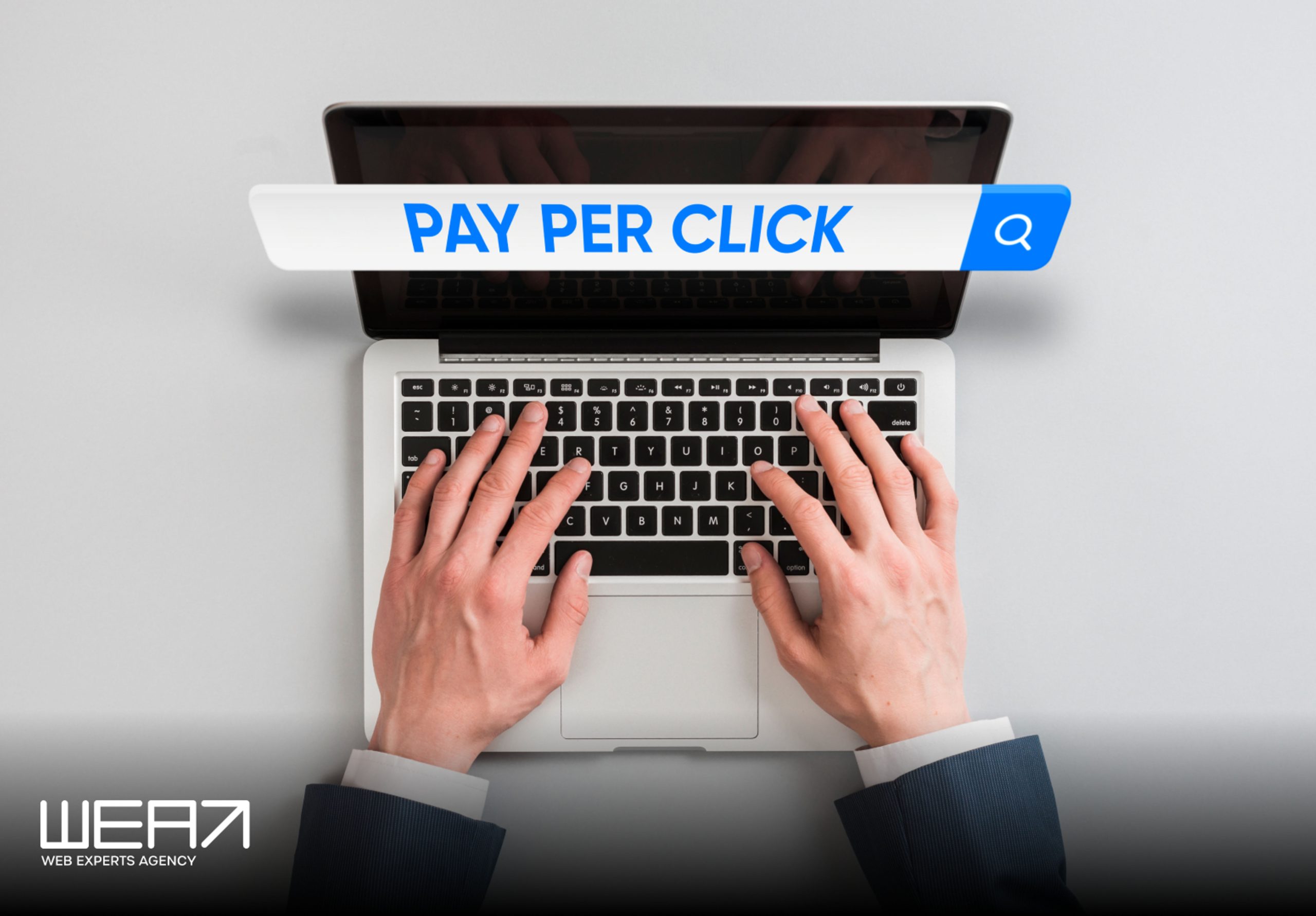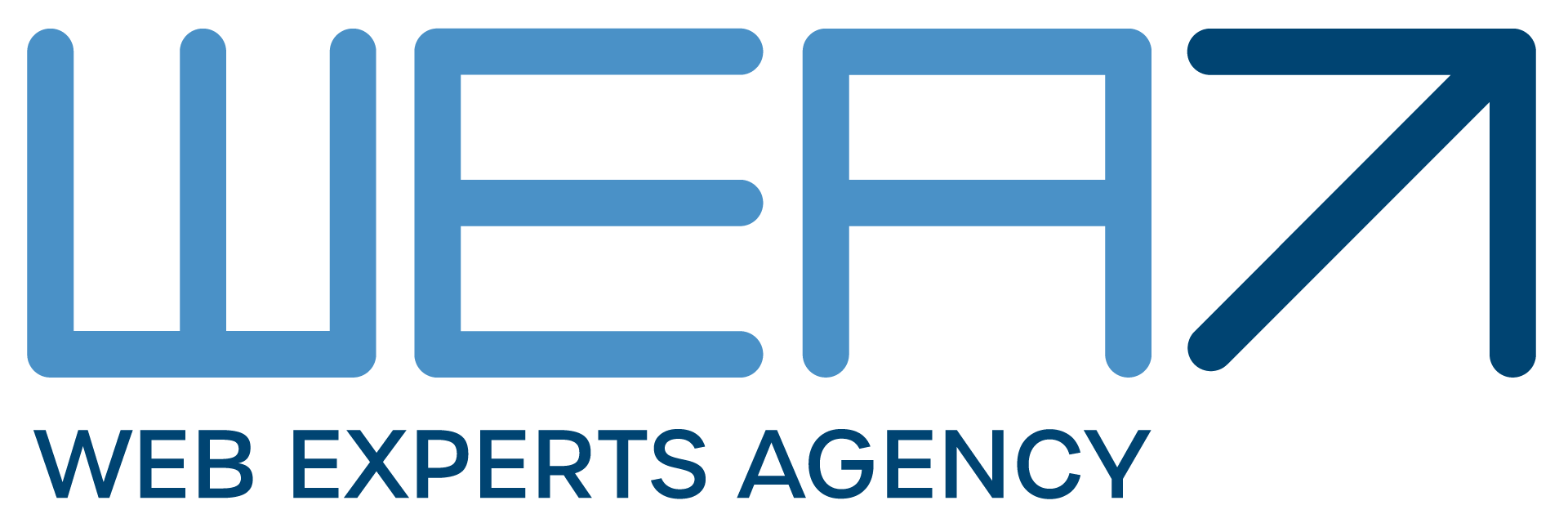
Introduction
PPC Remarketing, also known as retargeting, is a strategic online advertising approach that enables businesses to reconnect with users who have previously visited their website but did not make the anticipated action. This technique leverages Pay-Per-Click (PPC) advertising, where ads are displayed to these past visitors across various online platforms. By utilising browser cookies, PPC Remarketing tracks user behaviour, allowing businesses to create targeted ads specifically tailored to the interests and preferences of potential customers.
As users browse other websites or social media platforms, these personalised ads reappear, reminding them of the products or services they explored earlier. This repetitive exposure aims to re-engage and convert users, fostering brand recall and potentially increasing conversion rates. PPC typically yields a return on investment (ROI) averaging 200%. PPC Remarketing is a powerful tool for optimising marketing efforts by honing in on a pre-qualified audience, ultimately enhancing the overall effectiveness of online advertising campaigns.
Understanding Remarketing in the PPC Context
Defining Remarketing
PPC Remarketing is an innovative digital marketing technique designed to engage users who have previously visited a website but left without converting. It operates because users interested in a product or service are more likely to convert with strategic and personalised reminders.
The Dynamics of User Behavior
Understanding user behaviour is pivotal in unlocking the potential of PPC Remarketing. Users often explore products or services but may postpone their decision-making process. Remarketing strategically re-engages these users by presenting tailored ads, providing a second chance to convert.
How Remarketing Works
The Cookie Trail
At the heart of PPC Remarketing lies the use of cookies. These small pieces of data are stored in a user’s browser and track their online behaviour. A cookie is deployed when a user visits a website, enabling the website to identify and remember the user during subsequent visits.
Tagging and Segmentation
Websites deploy tags and snippets of code to identify and segment users based on their behaviour. This segmentation allows businesses to create targeted remarketing campaigns, tailoring ads to specific user segments. For instance, a user who abandoned a shopping cart may see different ads than someone who only viewed a product page. Traffic generated through PPC advertising results in 50% more conversions than organic advertising.
Ad Display Mechanism
As users continue to browse the internet, the strategic placement of ads on other websites or social media platforms keeps the brand in the user’s consciousness. This repetitive exposure encourages users to return to the original site and complete the desired action.
The Role of Cookies in Remarketing
First-Party vs. Third-Party Cookies
Understanding the distinction between first-party and third-party cookies is crucial in navigating the ethical and legal aspects of remarketing. First-party cookies are set by the website a user visits, whereas external domains set third-party cookies. Privacy concerns surrounding third-party cookies have led to shifts in industry practices, emphasising the importance of transparency and user consent.
Duration and Expiry
Cookies have a lifespan, and their duration varies. Some cookies expire after a single browsing session, while others persist for an extended period. Remarketers must balance connecting with users and respecting their privacy by establishing appropriate cookie durations.

Benefits of PPC Remarketing
Enhanced Conversion Rates
One of the primary advantages of PPC Remarketing is its ability to boost conversion rates. By reconnecting with users who have already shown interest, businesses can present compelling offers or incentives, nudging hesitant customers towards completing a purchase or desired action.
Brand Recall and Recognition
Repeated exposure to tailored ads reinforces brand recall and recognition. Even if users do not convert immediately, the brand remains in their consciousness, increasing the likelihood of future engagement. Remarketing establishes a digital presence that extends beyond a single website visit.
Cost-Effectiveness
PPC Remarketing can be a cost-effective strategy compared to some traditional advertising methods. Ad spending is focused on users who have already demonstrated interest, minimising the risk of advertising to an uninterested audience. This targeted approach optimises marketing budgets and improves return on investment (ROI).
Customisation and Personalisation
PPC Remarketing enables businesses to create highly personalised campaigns. Marketers can tailor ads to specific segments by analysing user behaviour and preferences, ensuring the content resonates with the target audience. This level of customisation enhances the user experience and increases the likelihood of conversion.
Targeting Strategies in Remarketing
Dynamic Remarketing
Dynamic Remarketing takes personalisation to the next level by dynamically generating ads based on the specific products or services users viewed on a website. This strategy ensures that users see the items they showed interest in, creating a more compelling and relevant ad experience.
Sequential Remarketing
Sequential Remarketing involves delivering ads to users based on their interaction with a website. The sequence is strategically designed to guide users through the sales funnel, presenting different messages or offers at each stage. This method nurtures leads and encourages incremental engagement.
Audience Segmentation
Segmenting audiences based on their behaviour allows marketers to tailor campaigns to different user groups. For example, businesses can create segments for users who abandoned their shopping carts, visited specific product pages, or spent a certain amount of time on the site. Targeting each segment with relevant content increases the chances of re-engagement.
Remarketing Across Different Platforms
Google Ads Remarketing
Google Ads Remarketing is a widely used platform for PPC Remarketing. Leveraging the Google Display Network, businesses can display ads to users as they browse other websites, watch YouTube videos, or use mobile apps. At least once per week, 60% of mobile users engage by clicking on a PPC advertisement. The extensive reach of Google Ads enhances the visibility of remarketing campaigns.
Social Media Remarketing
Social media platforms offer robust remarketing opportunities. Platforms like Facebook, Instagram, and Twitter allow businesses to target users based on their interactions with the brand on these platforms or their websites. Social media remarketing effectively reaches users within the environments they frequently engage with.
Email Remarketing
Email remarketing involves sending targeted emails to users who have abandoned their shopping carts or visited specific pages on a website. These emails may include personalised offers, product recommendations, or reminders to re-engage users and return them to the website.
Measuring Success: Key Metrics in Remarketing
Click-Through Rate (CTR)
CTR calculates the number of people who click on an ad after watching it. A hiked CTR indicates that the ad is resonating with the audience, while a low CTR may suggest the need for ad content or targeting adjustments.
Conversion Rate
The conversion rate tracks the number of people who complete the desired action, such as purchasing after clicking on a remarketing ad. Monitoring conversion rates provides insights into the campaign’s effectiveness in driving tangible results.

Return on Ad Spend (ROAS)
ROAS calculates the amount generated against the amount spent on advertising. A positive ROAS indicates that the campaign is profitable, while a negative ROAS suggests adjustments may be needed to improve the campaign’s efficiency.
Impressions and Reach
Monitoring impressions and reach provides an understanding of how many users are exposed to the remarketing campaign. While impressions measure the total number of times an ad is displayed, reach focuses on the unique number of users reached. Balancing these metrics ensures optimal exposure without overloading the same audience.
Engagement Metrics
Engagement metrics, such as likes, shares, and comments on social media platforms, provide qualitative insights into user interaction with the remarketing campaign. Positive engagement indicates that the content resonates with the audience, contributing to brand loyalty and awareness.
Privacy Concerns and Compliance
Privacy concerns play a significant role in the ethical execution of PPC Remarketing strategies. As businesses leverage user data to create targeted ads, navigating the ethical and legal aspects of remarketing is crucial. Two key elements to consider in this context are:

First-Party vs. Third-Party Cookies:
Definition:
First-party cookies are set by the website a user visits, while external domains set third-party cookies.
Privacy Implications:
Privacy concerns often revolve around third-party cookies, which can be seen as more intrusive. Industry practices are evolving to prioritise transparency and user consent, especially in the context of third-party cookies.
Duration and Expiry of Cookies:
Lifespan Variability:
Cookies have different durations, with some expiring after a single browsing session and others persisting for an extended period.
Balancing Act:
Remarketers must strike a balance between connecting with users and respecting their privacy. Establishing appropriate cookie durations is crucial in maintaining user trust.
Adhering to privacy regulations and obtaining user consent are integral components of compliance in PPC Remarketing. With the evolving landscape of data protection laws globally, businesses must stay informed and implement measures prioritising user privacy while delivering effective remarketing campaigns.
Conclusion
In conclusion, PPC remarketing is a powerful tool for businesses to re-engage with users who have previously shown interest but have not converted. Understanding user behaviour, utilising cookies, and implementing targeted strategies across various platforms are critical elements of a successful remarketing campaign.
However, businesses must approach remarketing with a commitment to privacy and compliance. Transparency regarding data usage, differentiating between first-party and third-party cookies, and respecting cookie durations are critical in building and maintaining user trust.
FAQs
Q. Is PPC Remarketing effective for all types of businesses?
A. PPC Remarketing can be effective for many businesses, especially those with a significant online presence. However, the success of a remarketing campaign depends on factors like the industry, target audience, and the quality of the remarketing strategy.
Q. How long should cookie durations be for PPC Remarketing?
A. Cookie durations should be balanced to respect user privacy while maintaining effectiveness. It depends on the business’s nature and its customers’ typical decision-making timeline. Shorter durations may be suitable for specific industries, while longer durations might be appropriate for others.
Q. Are there alternatives to third-party cookies in PPC Remarketing?
A. Yes, alternatives such as first-party cookies, contextual targeting, and consent-based data collection are being explored in response to privacy concerns. Adapting to evolving industry practices and regulations is crucial for maintaining effective remarketing strategies.
Q. What metrics should be monitored to gauge the success of a PPC Remarketing campaign?
A. Key metrics include CTR, conversion rate, ROAS, impressions, reach, and engagement metrics. Collectively, these metrics provide insights into the campaign’s effectiveness in driving user engagement and conversions.




